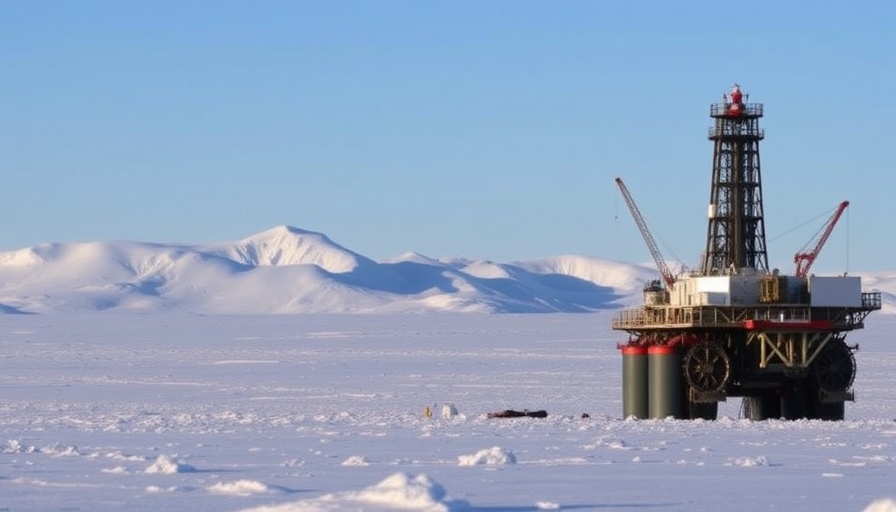
An Unstoppable Force in Renewable Energy
China's meteoric rise in renewable energy installations highlights its unwavering commitment to sustainability, underscoring a global shift toward environmentally friendly practices. Leading the world, China's solar and wind energy sectors are not only breaking records but also setting new standards for what is possible in clean energy.
Record-Breaking Growth You Need to Know About
According to recent reports, China added nearly 198 gigawatts of solar capacity from January to May 2025 alone, marking a staggering 388% increase compared to the same time last year. This impressive feat reiterates the country’s dominance in the renewable energy market, with a cumulative solar capacity that accounts for half of the world’s total. Additionally, the wind energy sector surged with an added capacity of 46 gigawatts during the same period. Such rapid expansion is not just about numbers; it represents a fundamental shift towards cleaner power that can have lasting impacts on the environment and economy.
Why This Matters for Homebuyers and Investors
As property buyers and investors increasingly seek sustainable energy solutions, China’s renewable energy strategies offer a model worth considering. High levels of energy production and decreasing reliance on coal are attractive factors for buyers. Homes equipped with solar panels or located near wind energy farms could become more valuable and desirable in markets around the world, particularly in eco-conscious communities.
Innovative Practices and Sustainable Design
Lisa, who emphasizes modern interior design blended with eco-friendly materials, stresses the importance of sustainability in home buying decisions. "Creating a beautiful living space should also mean respecting our planet," she advises. Integrating renewable energy into homes not only reduces utility costs but can also enhance the aesthetic appeal of properties. Homes utilizing solar energy systems or built with sustainable materials become part of a community that cares about future generations.
Counterarguments: The Challenge Ahead
While there are many positives, there are also challenges. Opponents might argue that the rapid pace of installation can lead to issues in quality control and grid stability. The infrastructure may struggle to accommodate sudden surges in renewable energy production, especially during peak times. However, industry experts believe that lessons learned from early implementations will pave the way for smoother integrations as technology advances.
Future Trends and Predictions
The future of renewable energy in China seems overwhelmingly promising. Experts predict ongoing investments will continue to rise, spurred by government policies favoring clean energy over fossil fuels. The increased adoption of electric vehicles will further enhance the demand for clean energy solutions, making this sector not only vital for energy transition but also a prime area for investment.
How to Act on This Information
For potential homebuyers or property investors in Dumfries, understanding the implications of this energy revolution is crucial. Investing in renewable energy-ready properties can offer both short-term financial benefits and long-term sustainability. Exploring homes equipped with the latest green technologies or located within communities dedicated to renewable energy initiatives can provide added value and peace of mind.
As we witness these remarkable advancements in renewable energy, it's clear that the winds of change are firmly in our sails. Embracing sustainability not only benefits the environment but can also have a profound impact on our homes and investments.
Now is the time to consider how you can make informed decisions that align with sustainability and investment growth. The future is here, and it’s powered by renewable energy.
 Add Row
Add Row  Add
Add 





Write A Comment